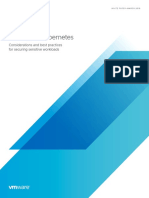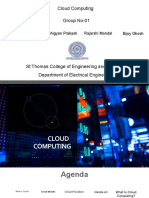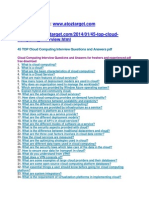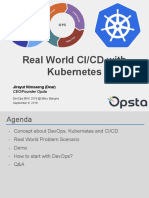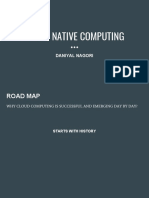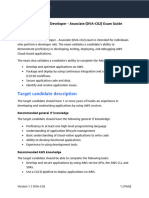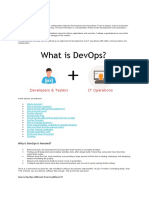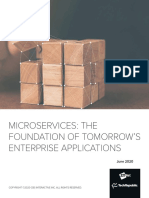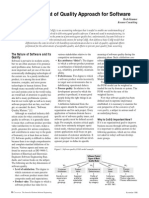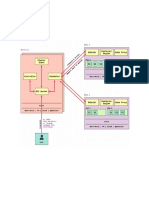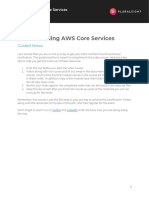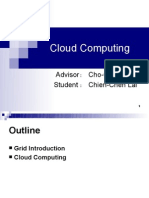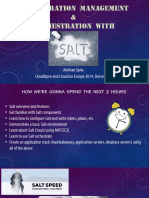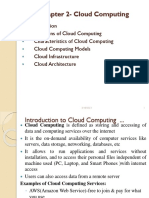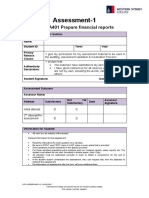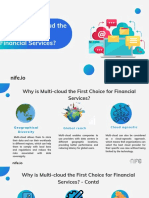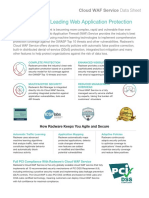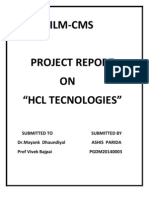100% found this document useful (1 vote)
215 views16 pagesCloud Computing Tutorial
This document provides an overview of cloud computing, including its architecture, working models, essential characteristics, advantages, disadvantages, and top service providers. The architecture has front-end and back-end components connected via a network. Working models include deployment models like public, private, hybrid, and community clouds as well as service models like IaaS, PaaS, and SaaS. Essential characteristics are on-demand self-service, broad network access, resource pooling, rapid elasticity, and measured service. Advantages are cost efficiency, accessibility, and scalability while disadvantages include security vulnerabilities and vendor lock-in. Top providers are Amazon Web Services, Microsoft Azure, and Google Cloud Platform.
Uploaded by
nehaCopyright
© © All Rights Reserved
We take content rights seriously. If you suspect this is your content, claim it here.
Available Formats
Download as PPTX, PDF, TXT or read online on Scribd
100% found this document useful (1 vote)
215 views16 pagesCloud Computing Tutorial
This document provides an overview of cloud computing, including its architecture, working models, essential characteristics, advantages, disadvantages, and top service providers. The architecture has front-end and back-end components connected via a network. Working models include deployment models like public, private, hybrid, and community clouds as well as service models like IaaS, PaaS, and SaaS. Essential characteristics are on-demand self-service, broad network access, resource pooling, rapid elasticity, and measured service. Advantages are cost efficiency, accessibility, and scalability while disadvantages include security vulnerabilities and vendor lock-in. Top providers are Amazon Web Services, Microsoft Azure, and Google Cloud Platform.
Uploaded by
nehaCopyright
© © All Rights Reserved
We take content rights seriously. If you suspect this is your content, claim it here.
Available Formats
Download as PPTX, PDF, TXT or read online on Scribd
/ 16





